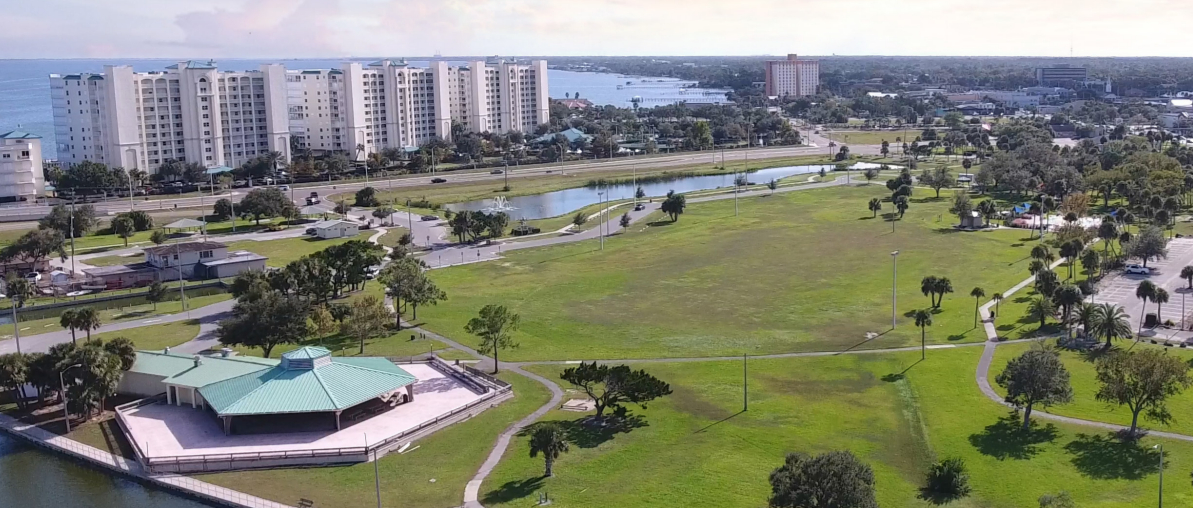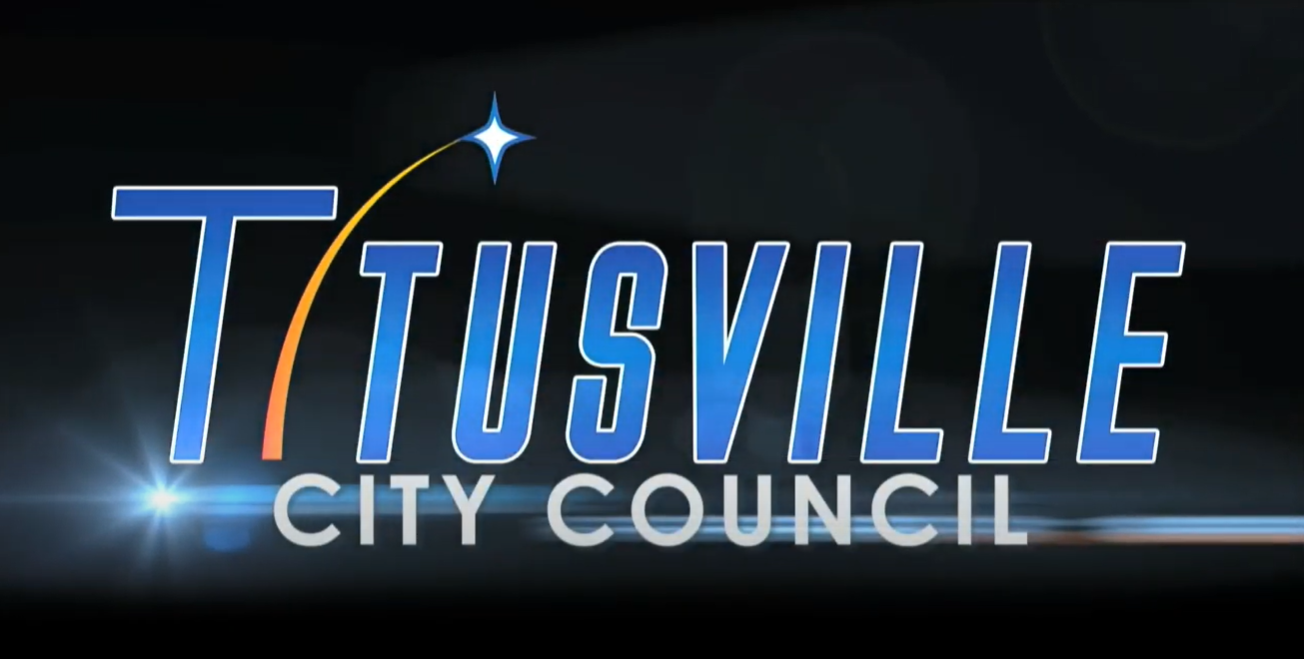
Photo: Charles Boyer
NASA announced today that the Artemis program has encountered new delays, causing a shift in the timeline of planned launches.
Artemis II is now slated for September 2025, with Artemis III now slated for September 2026 according to NASA Administrator Bill Nelson in a news conference held this afternoon. Artemis IV, the first mission to the Gateway lunar space station, remains on track for 2028. “As I continue to say, we will launch when are ready,” said NASA Associate Administrator Jim Free. Free is the third highest-ranking executive and highest-ranking civil servant. He is the senior advisor to NASA.
Originally slated for late 2024, Artemis II has been delayed due to technical issues that have cropped up in the program since the Artemis I launch in 2022. Those issues range from problems encountered with batteries for the Orion capsule during testing. Artemis III, the planned landing on the moon has also encountered delays as SpaceX works on its Starship Heavy launcher and with it the human lander needed to touch down on the lunar surface.
Artemis II
Rumors had been floating around in the space industry that NASA might choose to repeat the Artemis I mission with Artemis II, but the agency made it clear today that Artemis II will remain “the first crewed Artemis mission around the Moon.”
“[Artemis I] was so successful that additional tests were added in the course [of the mission],” remarked NASA Administrator Bill Nelson. Prior to launching, it must first solve some technical issues that have arisen since Artemis I splashed down in the Pacific Ocean near California on December 11, 2022.

Photo: NASA
Heat Shield
The Orion capsule experienced unexpected loss of char layer pieces during the re-entry phase of the Artemis I mission, prompting NASA and prime Orion contractor Lockheed Martin to open an investigation into the issue to find the root cause of the unexpected material loss, as well as develop plans to fix it.

Photo: NASA
“From the test flight, we found one item that we need a little more time to work, and that is the thermal protection system on the […] heat shield,” said Amit Kshatriya, deputy associate administrator, Moon to Mars Program, Exploration Systems Development Mission Directorate in today’s media conference.

Photo: NASA
Kshatriya continued that the review is going “quite well” but NASA wants to assemble the data and understand it quite well before the Artemis II flight. “Before we attempty re-entry from a circumlunar mission like we’ll have from Artemis II that we’re 100% confident that we understand under those conditions.”
Orion Life Support System
“During the acceptance of some components for Artemis III we noticed a failure in some motor valve circuitry that was driving valves on the spacecraft itself,” said Kshatriya. “These components passed testing for Artemis II but did not for Artemis III. That gave us pause and caused us to examine that circuit in a more detailed way. When we examined it, we learned that there was a design flaw in that circuit. Those valve electronics affect many parts of the life support system in the spacecraft, in particular the CO2 scrubbing system. Once we recognized the design flaw […] it became very clear to us that it was unacceptable to accept that hardware and we have to replace it in order to guarantee the safety of the crew.”
“The way to replace that given the current configuration of the spacecraft, the access to those components, the access to those bays is going to take us quite a bit of time to get to,” Kshatriya continued. “Every connector that we touch as part of that replacement operation will have to be tested after we’re done and we’ll have to put the vehicle through functional testing afterwards. We know how to fix it,” Kshatriya said. “We just need to make sure that we take the time to do it according to the workmanship standards that we expect for a human-rated vehicle.”
Launch Tower
NASA has a new launch tower that they plan to use for the next Artemis mission. The 380-foot tall (115 meters) tower connects to NASA’s Space Launch System (SLS), which is set to launch the Artemis II crew of four astronauts around the moon.

Photo: NASA
NASA’s Exploration Ground Systems team has been performing tests and applying upgrades for the new tower. They recently conducted a launch day demonstration for the Artemis II crew of NASA astronauts Reid Wiseman, Victor Glover, Christina Koch and Canadian astronaut Jeremy Hansen.
“There are new capabilities being on-ramped for the mission,” said Kshatriya. “We have new facilities at KSC to enable rapid turnaround for propellant loading, as well as [new capabilities] for the loading of the crew and the egress of the crew.”
New Abort System

Photo: NASA
“For the launch vehicle, we have a new abort system that will be activated in an integrated way across the stack and of course with the spacecraft, we have a new life-support system and its ability to respond to those aborts. Those are all added, and of course those will support the crew and to support crew safety,” Kshatriya said.
“We’ve qualified Orion to survive [the abort environment.] We have, however, as part of that qualification campaign found a few cases where we believe there could be some deficiencies in the performance of the electrical system in particular some of the batteries that we need to make sure we understand how they are enduring those environments.”
“We’re still very early in that investigation. We’ve not yet developed a forward path. Multiple parallel options [exist] to fix this issue,” said Kshatriya. He added that “We also have a lot of options to determine whether or not we believe those environments are accurate and we have a lot of testing to do, and we wanted to make sure we gave ourselves the time to do that. Crew safety is going to drive our decision making there.”
NASA did not comment about any new in-flight abort systems test in today’s teleconference.
While these delays may be frustrating to the public, perhaps NASA Administrator Bill Nelson put it best today when he echoed Jim Free by saying that “we’ll fly when we are ready to fly.”
For the space agency crew safety is the first priority followed by mission assurance. The simple truth is that not many people will remember the delays five years in the future, but no one would ever forget a disaster. NASA has made mistakes rushing launches in the past and it is showing a dogged determination to not the repeat those mistakes again. That’s as it should be, not only for NASA, for America and for space exploration, but also to the crew of the Artemis missions and their families.












Leave a Reply